Chris Glein Game Design and Life
Dragon Family
SUMMARY
Your goal is to raise dragons to controlling large territories. You will do this by exploring the world, hatching eggs, gathering your hatchling’s favorite foods to help them grow, and finally helping them stake out a lair.
COMPONENTS
| Town | Forest | Mountain | Ocean |
|---|---|---|---|
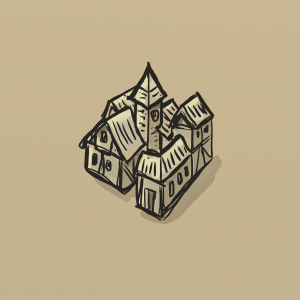 |
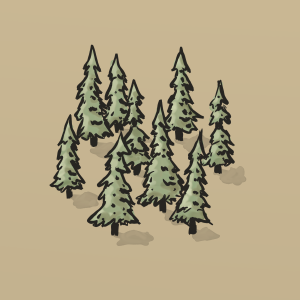 |
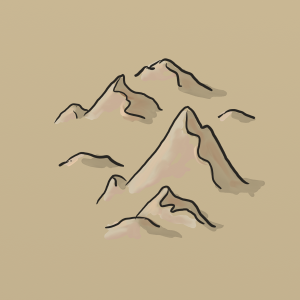 |
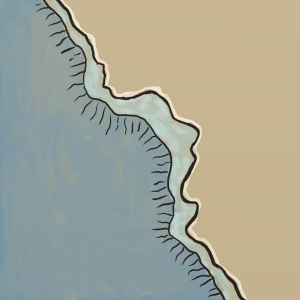 |
62 hex tiles (8 town, 17 forest, 17 mountain, 20 ocean)
1 tri-hex starting tile
| Egg | Green | Red | Blue | Gold |
|---|---|---|---|---|
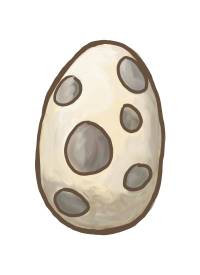 |
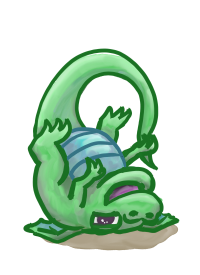 |
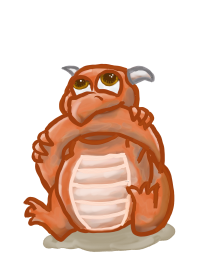 |
 |
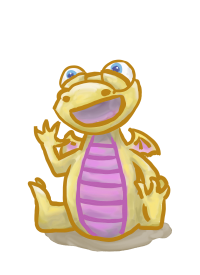 |
26 dragon standees (6 red, 6 blue, 6 green, 6 gold)
80 resources (green leaves, red rubies, blue pearls, gold)
10 handler meeples (2 of each player color)
20 lair stands (4 of each player color)
5 large nest cards
SETUP
- Each player takes a nest, chooses a color, and takes all handlers and lairs of that color.
- Place the tri-hex starting tile in the center of the play area.
- Each player places their 2 handlers on the starting tile.
- Shuffle all tiles into a few face-down stacks.
- Deal each player 3 tiles from the stacks.
- Shuffle the dragon standees into a face-down pile (egg side up)
- Draw 3 dragons from the pile and place face-up to form a dragon market.
- Place all the resources in a central area to form the supply.
- Randomly determine a starting player.
Starting with the first player each player takes a turn in clockwise order until the game ends.
CORE CONCEPTS
TILE RESOURCES
Each tile has a resource that it produces:
| Tile | Resource |
|---|---|
| Mountain | Ruby (red) |
| Forest | Leaves (green) |
| Ocean | Pearl (blue) |
| Town | Gold |
DRAGONS EAT
Each dragon has preferred resources it wants to eat.
| Dragon | Resource |
|---|---|
| Red | Ruby / Gold |
| Green | Leaves / Gold |
| Blue | Pearl / Gold |
| Gold | Gold |
Note that all dragons will accept gold (it is a “wild” resource).
YOUR NEST
Each player has a nest with room for up to 3 hatchling dragons and a supply of resources. You may spend resources to add new dragons to your nest.
To feed a dragon you move 1 resource from your nest’s supply and place it top of the dragon. You will only have the opportunity to feed your dragons once per turn.
A dragon with 3 resources on it is considered fully grown and ready to create a lair.
TERRITORY
A territory is a set of contiguous tiles of the same type.
Ocean territories are a bit tricky and must be connected by matching water edges. If the ocean tiles touch only based on their land edge and not a water edge then they are two separate territories.
At the end of the game players will earn points based on the size of the territories they control. Territories are controlled by the player who has the most lairs in that territory. If there is a tie for most lairs then all tied players share control.
It is possible to add a lair to a territory that is already controlled, however this requires paying a gold tithe for existing lairs. Note that if two separate territories are later joined into one by placing tiles, no tithe needs to be paid.
Town tiles can never have lairs in them and thus can never be controlled.
EXAMPLE
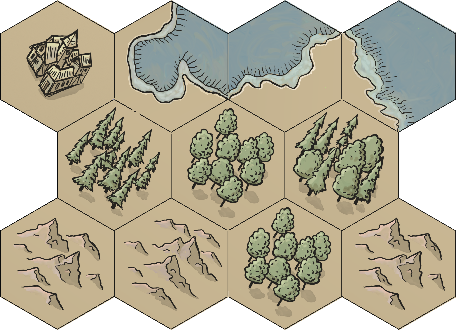
This map has 5 potential territories. There is one forest territory with 4 tiles, one mountain in the West with 2 and another in the East with 1. There are two separate ocean territories, the North with 2 and the North East with 1 (they are separate because they don’t share a water edge). No player can ever claim the town.
YOUR TURN
1) TAKE AN ACTION
On your turn you may do one of the following actions:
A) EXPLORE

- Place a tile from your hand adjacent to an existing tile where you have a handler.
- The edges of the new tile must match the edges of any existing tiles. Water edges can only touch water edges, and land edges can only touch land edges.
- Move that handler onto the new tile.
- For each adjacent tile to the placed tile gain 1 resource of the adjacent tile’s type (add to your nest’s supply).
- Example: If you place a mountain tile so that it is touching an ocean tile and a forest tile you would collect 1 blue pearl (from the ocean) and 1 green leaf (from the forest)
- For each adjacent tile where other players have pieces of their color (handler or lair), they gain 1 resource of adjacent tile’s type.
- Draw a tile (so that you will still have 3 in your hand).
B) MOVE

- Move one of your handlers from its tile to any other tile (any distance away)
- Gain 1 resource of that tile’s type (add to your nest’s supply).
- Example: If you moved to a forest tile, gain 1 green leaf
- You may discard any tiles from your hand to the bottom of the tile stacks. If you do, draw tiles until you have 3 in your hand.
C) SETTLE A LAIR
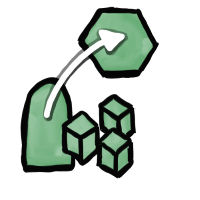
- Choose a non-town tile where you have a handler and there is no existing lair.
- Choose a dragon from your nest that has 3 food resources on it and an affinity for the chosen tile (e.g. a green dragon and a forest tile).
- Exception: Gold dragons may be placed on any non-town tile.
- You must pay a tithe of 1 gold to each player for each of their lairs (if any) in the territory that contains the chosen tile. If you do not have enough gold to pay the tithe, you may not take this action.
- Place one of your lairs on that tile, adding the dragon standee. Return the resources on that dragon to the supply.
- If you have no lairs remaining the game will end at the beginning of the first player’s next turn (everyone gets an equal number of turns).
2) HATCH AN EGG

You may spend 3 resources of any one type (you may substitute gold for any type). If you do, take one of the following:
- a face-up dragon from the market
- a face-down dragon from the pile
- a gold resource
If you chose a that face-up dragon from the market, replace it by flipping a dragon from the pile face-up.
You may not take a dragon if it would result in you having more than 3 dragons in your nest.
3) FEED YOUR FAMILY
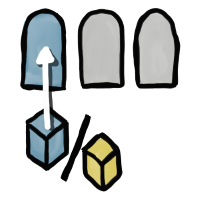
For each dragon in your nest you may add a resource of that dragon’s affinity (or a gold resource) from your nest to the dragon’s card.
- You may only feed each dragon once per turn.
END GAME
The game end is triggered when a player creates their 4th lair or when the last tile is drawn. Finish the round so that each player gets an equal number of turns.
SCORING
When the game ends each player scores their dragons and territories:
- Each dragon in the nest is worth 1 point.
- Each lair is worth 3 points.
- Each tile in territory you control is worth 1 point.
The player with the most points wins. If there is a tie, the tie is broken by the player with the most unspent gold resources. If a tie still remains the players share the victory.
CREDITS
DESIGN, ART
Chris Glein